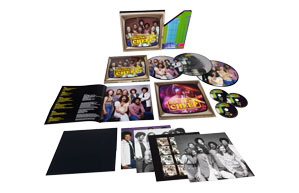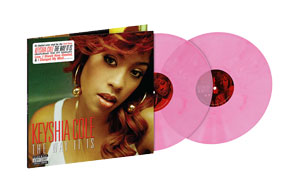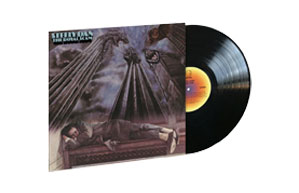‘When You Wish Upon a Star’: The Story Behind The Disney Classic
We trace the story behind the classic ‘Pinocchio’ tune, originally sung by Cliff Edwards.

When you think of classic Disney songs, chances are “When You Wish Upon a Star” is in the top tier. The famous tune was written by Leigh Harline and Ned Washington for the 1940 Disney animated film Pinocchio. The initial recording was performed by Cliff Edwards, who voiced Jiminy Cricket in the movie.
But the legacy of the song is almost impossible to measure. Disney has used the song throughout the company’s history. You can hear it in the opening credits to their films. It was also used in the opening sequence of the Walt Disney anthology television series in the 1950s and 60s. Today, Disney theme parks all over the globe use the song in parades, firework shows, and special events. Even Disney Cruise Line ships use the first seven notes of the song as their signal horns. It truly has become Disney’s unofficial theme song.
Listen to the Sara Bareilles version of “When You Wish Upon a Star” on Spotify or Apple Music now.
The song itself is a relatively simple tune, paying homage to the famous idiom where a child makes a wish on the first shooting star that they see at night. In Pinocchio, the song brings to life the story of the wooden toy puppet who dreamed of being a real boy. But the message behind it can relate to just about anyone: “When you wish upon a star/Makes no difference who you are/Anything your heart desires/Will come to you.”
Pinocchio was just the second Disney animated feature film. Unexpectedly, however, it didn’t do well at the box office. (Some blame the lack of European distribution, due to the Second World War.) The movie was recognized by critics and industry, though. “When You Wish Upon a Star” won the 1940 Academy Award for Best Original Song. Harline and Washington also won an Oscar for Best Original Score. When Disney re-released the movie in 1945, it quickly became a fan favorite.
“When You Wish Upon A Star” has also cemented itself in history – literally. In 2009, the song was preserved in the National Recording Registry as the Library of Congress deemed the song to be “culturally, historically, or aesthetically significant.” The original sheet music, meanwhile, is featured in the National Museum of American History, and The American Film Institute placed the tune at No. 7 on their 100 Greatest Songs in Film History list.
The song has formed such a rapport with listeners of all ages and backgrounds that countless musicians have created their own renditions of the tune, including artists as varied as Mary J. Blige, Barbara Streisand, Louis Armstrong, Eddie Fisher, Linda Ronstadt, Diana Ross, Olivia Newton-John, and Idina Menzel, among countless others. Gene Simmons of KISS, who grew up in Israel, once told Kerrang! that while he “could barely speak English… I knew the words [to the song] were true. Anybody can have what they want, the world and life can give its rewards to anyone.”
The Utah Historical Quarterly once quoted none other than Neil Diamond as saying that the “film left a really deep impression on me as a kid. To me, it was my story, the story of a little boy who was trying to find himself and become a real person and a real man.” When asked about “When You Wish Upon a Star,” he added, “Nobody is going to top Jiminy Cricket’s version…. [I’m] resigned to playing second bill to an insect – a cartoon insect at that.”
While many artists have given the song new takes over the years, Sweden, Norway, and Denmark truly gave the song a new life. Folks there have made it into Christmas songs by referencing the Star of Bethlehem. Each language’s rendition has some different lyrics with the same melody and concept. “When You Wish Upon a Star” truly made history and bridged generations, languages, and beyond.
Listen to the Sara Bareilles version of “When You Wish Upon a Star” on Spotify or Apple Music now.












